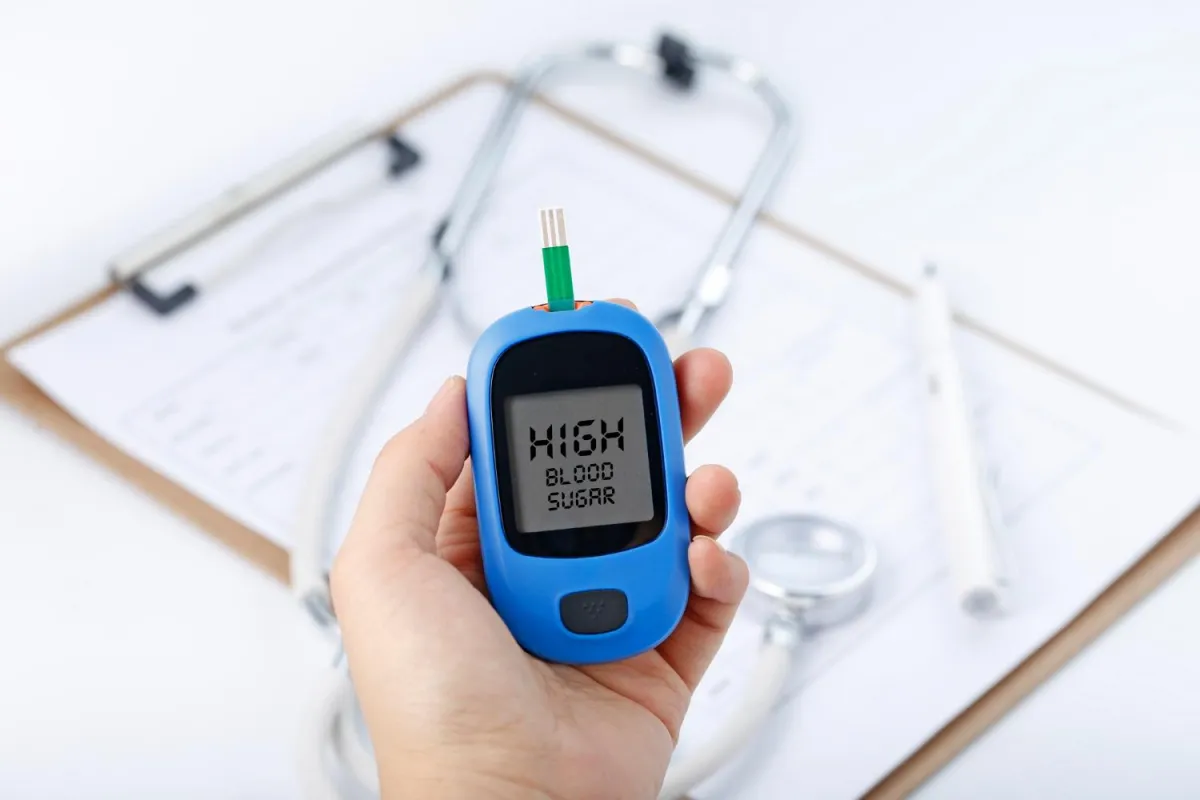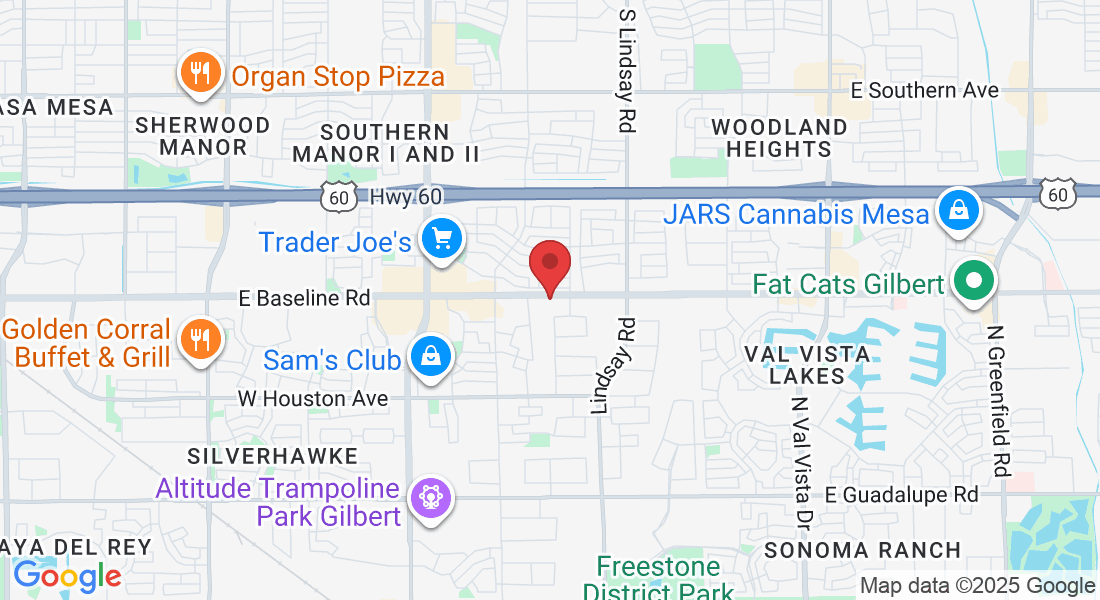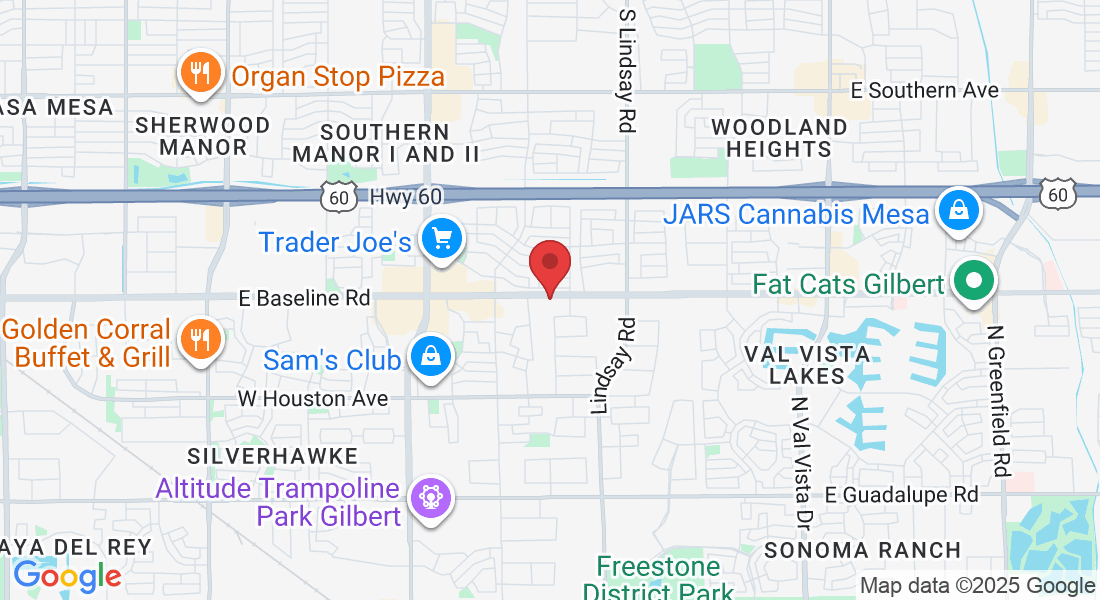
BLOGS

Potential of Infusion Therapy for Diabetes Management
An infection that affects many people all around the world, diabetes never rests. Careful supervision is necessary to prevent its excessive effects. As clinical research advances, there is a growing array of therapeutic options available that hold the promise of improved outcomes and enhanced quality of life. Among these approaches, combination therapy stands out as a particularly promising avenue for diabetes management. Combination therapy offers precise control and flexibility in insulin administration by continuously delivering insulin or other medications through specialized devices. In this comprehensive blog, we explore how does diabetes affects wound healing, the nuances of combination insulin infusion therapy, breaking down its benefits, mechanisms, and recommendations about diabetes overall.
To know more information diabetes and healing of wounds, talk to our experts at Gilbert Integrative Medical Center.
Understanding Diabetes:
Diabetes mellitus could be a metabolic condition that results in tall levels of sugar within the blood due to deficiently affront generation or affront resistance. The destruction of the pancreatic beta cells responsible for inciting anger within the safe framework is an indication of type 1 diabetes, necessitating increasing anger from the executives.
Nevertheless, Type 2 diabetes typically arises from a combination of age deficiency and protection against misfortune, which are frequently associated with lifestyle characteristics like stoutness and actual fatigue. Diabetes is a chronic condition associated with long-term complications such as neuropathy, nephropathy, cardiovascular disease, and retinopathy. Achieving optimal glucose control and minimizing the risk of complications requires a multimodal approach, incorporating medication, dietary adjustments, and regular monitoring.
Read more: Type 1 & 2 Diabetes: Taking Control Through Natural Remedies
Challenges in Diabetes Management:
Managing diabetes truly involves a number of challenges, from maintaining optimal blood glucose levels to lowering the likelihood of severe and ongoing inconveniences. Standard treatment methods like insulin imbuements and oral medications, no matter how effective, are typically insufficient to provide significant glucose control. Furthermore, variations in blood sugar levels, food components, real jobs, and personal flexibility complicate the executives' efforts even more, emphasizing the need for tailored corrective measures.
Moreover, the burden of self-administration, which includes consistent blood glucose monitoring, following prescription guidelines, and making lifestyle adjustments, might affect how satisfied a person with diabetes feels about themselves. Developing creative approaches that promote more sufficiency, wellness, and comfort in diabetic executives is necessary to address these challenges.
Enter Infusion Therapy:
The goal of combination treatment is to provide accurate, individualized, and continuous delivery of insulin or other medications by the use of specialized devices called insulin siphons. Unlike regular insulin infusions, which provide sporadic doses, imbuement therapy ensures a steady combination of medication, more closely replicating the body's natural release of insulin. This dependable delivery stabilizes blood sugar levels, reducing the risk of hyperglycemia and hypoglycemia, improving overall health, and promoting better glycemic management. Additionally, combination therapy improves insulin organization flexibility by allowing patients to modify insulin delivery rates based on factors such as meal admission, physical activity, and illness. This empowers patients to take control of their diabetes management.
Benefits of Diabetes Infusion Therapy
Improved Glycemic Control:
Combination therapy leads to reduced glucose variability and more accurate glycemic control, enabling more precise insulin titration based on patient demands. The way that implant treatment operates is by continuously regulating insulin to maintain stable blood glucose levels throughout the day, hence reducing the risk of hyperglycemia and its associated consequences.
Enhanced Flexibility:
Insulin delivery rates can be adjusted based on various factors such as food intake, physical activity, and illness. This flexibility empowers individuals with diabetes to better manage their condition and adapt to changing circumstances, promoting greater self-sufficiency and control over their health. This flexibility considers a more feasible adjustment in line with daily fluctuations in insulin requirements, hence advancing overall glycemic management and personal satisfaction.
Reduced Hypoglycemic Episodes:
One of the main advantages of blended treatment is its ability to reduce the risk of hypoglycemia, a common problem associated with regular insulin dosages. By delivering a consistent mixture of insulin at different rates, the embedded treatment reduces the likelihood of unanticipated decreases in blood glucose levels. This improves security and lessens concerns regarding hypoglycemic episodes.
Limited Infusion Burden:
For individuals who need several daily mixes, transplantation treatment provides relief from the ensuing insulin imbuements, reducing discomfort associated with combinations and promoting treatment adherence. Instead of managing insulin with many embedments, individuals can rely on a single embed set, addressing the cycle and enhancing comfort and clarity.
Customized Therapy:
Insulation therapy accounts for the synchronized delivery of basal and bolus insulin, tailored to meet each patient's specific insulin requirements throughout the day. Mixture treatment improves glycemic outcomes while lowering the risk of hyperglycemia and hypoglycemia by modifying insulin delivery strategies in response to variables such as dinnertime, starch consumption, and physical activity.
Potential for Closed-Loop Systems:
The combination of continuous glucose monitoring (CGM) and implant therapy creates the groundwork for shut-circle frameworks, also known as artificial pancreatic frameworks. A closed-loop system modifies insulin delivery in response to ongoing fluctuations in blood glucose levels, providing a step-by-step method of managing diabetes worldwide. Closure circle frameworks, which carry the power of automation and artificial intelligence, may enhance glycemic management while reducing the burden of diabetic self-care.
Mechanisms of Infusion Therapy:
Insulin siphons are specialized devices that provide insulin subcutaneously at predetermined rates. They are the means by which mixture treatment operates. These insulin delivery systems consist of an insulin supply, a subcutaneous cannula, and programmable settings for basal and bolus insulin delivery.
To enhance treatment effectiveness, advanced pumps may incorporate additional features such as integrated Continuous Glucose Monitoring (CGM) sensors and algorithms for predictive insulin dosing. By continuously delivering insulin at variable rates, combination therapy more closely mimics the physiological pattern of insulin secretion. This results in better glycemic control and less variability in blood glucose levels.
Considerations and Challenges:
Even if combination treatment has many benefits, there are still things to think about and challenges to overcome. These include the fundamental need to learn about pump usage, the necessity of regularly checking and adjusting insulin delivery settings, and the risk of technical difficulties or site-specific issues. Additionally, certain individuals may be unable to access pump therapy due to financial constraints, insurance coverage, or access to specialized diabetes care. Ongoing training and support are also essential to ensure the safe and effective use of combination therapy.
This includes keeping in mind to investigate methods, prepare for siphon activity, and turn a genuine site to prevent complications like skin irritation or implantation site infections. Despite these challenges, combination treatment is a significant therapeutic option for today's diabetic management because the potential benefits of increasing glycemic control and enhancing personal happiness for persons with diabetes outweigh the associated risks.
Final Words
Overall, combination treatment offers a wide range of benefits that surpass the limitations of traditional treatment methods, providing a novel approach to managing diabetes. Combination therapy improves flexibility, health, and self-satisfaction while helping individuals with diabetes achieve optimal glucose control through precise, continuous insulin delivery. With its ability to reduce hypoglycemia episodes, decrease diabetes infusion weight, and deal with retreated treatment, imbuement treatment continues to be a positive step toward better outcomes and brighter futures for those with diabetes. Mixture therapy continues to be at the forefront of innovation, pushing advancements in diabetes care and improving the lives of millions worldwide as corrective options expand and innovation keeps growing.
Welcome to Gilbert Integrative Medical Center, your trusted source for comprehensive diabetes care in Arizona. Request an appointment online or by phone today.
Contact Us
Email: support@gilbertimc.com
Address:
2451 E Baseline Rd #100
Gilbert, AZ 85234
Phone Number:
Stay Connected:
Visit Us
Contact Us
Email: staff@wellness1stimc.com
Address:
2451 E Baseline Rd #100
Gilbert, AZ 85234
Phone Number:
Copyright 2024 . All rights reserved



